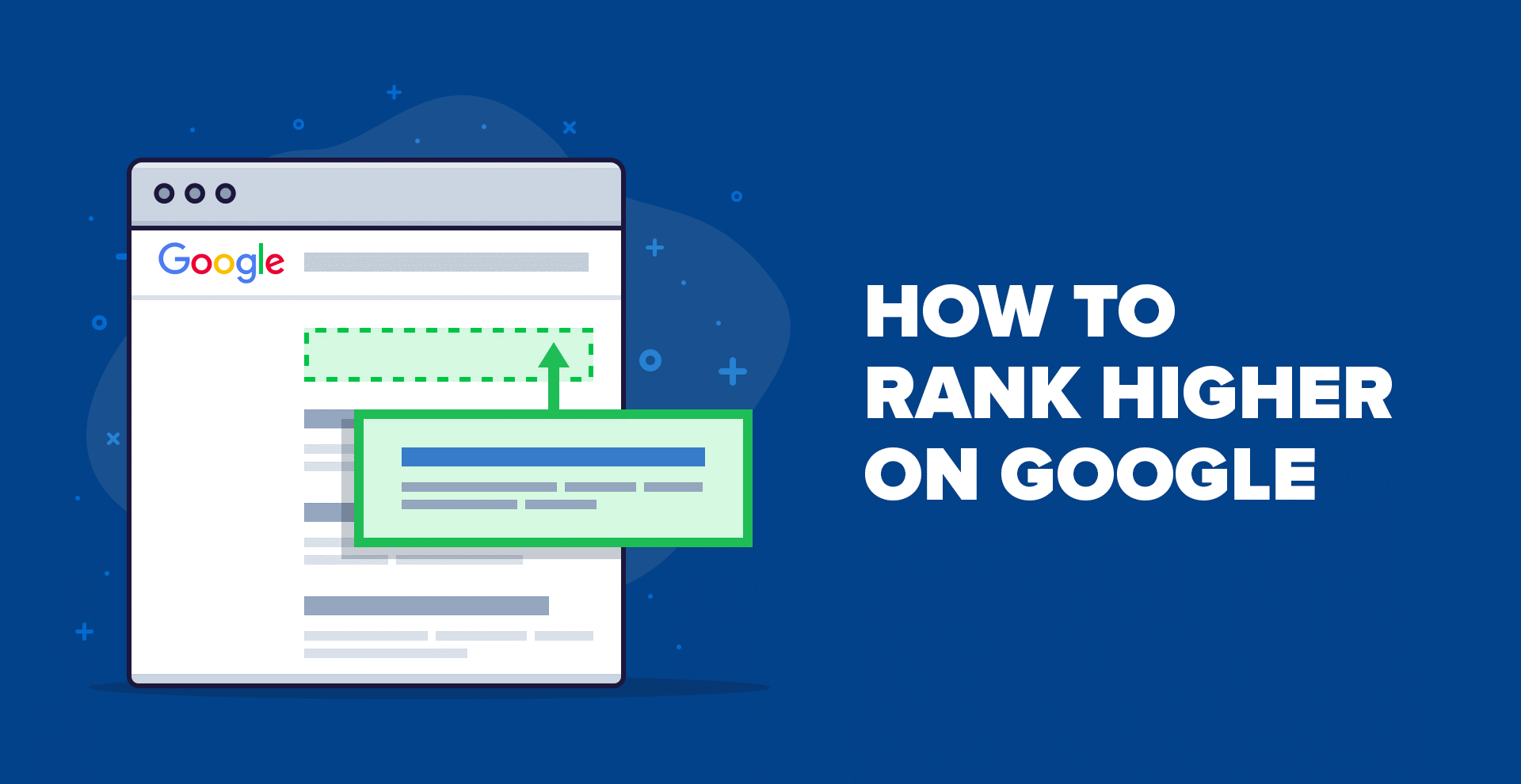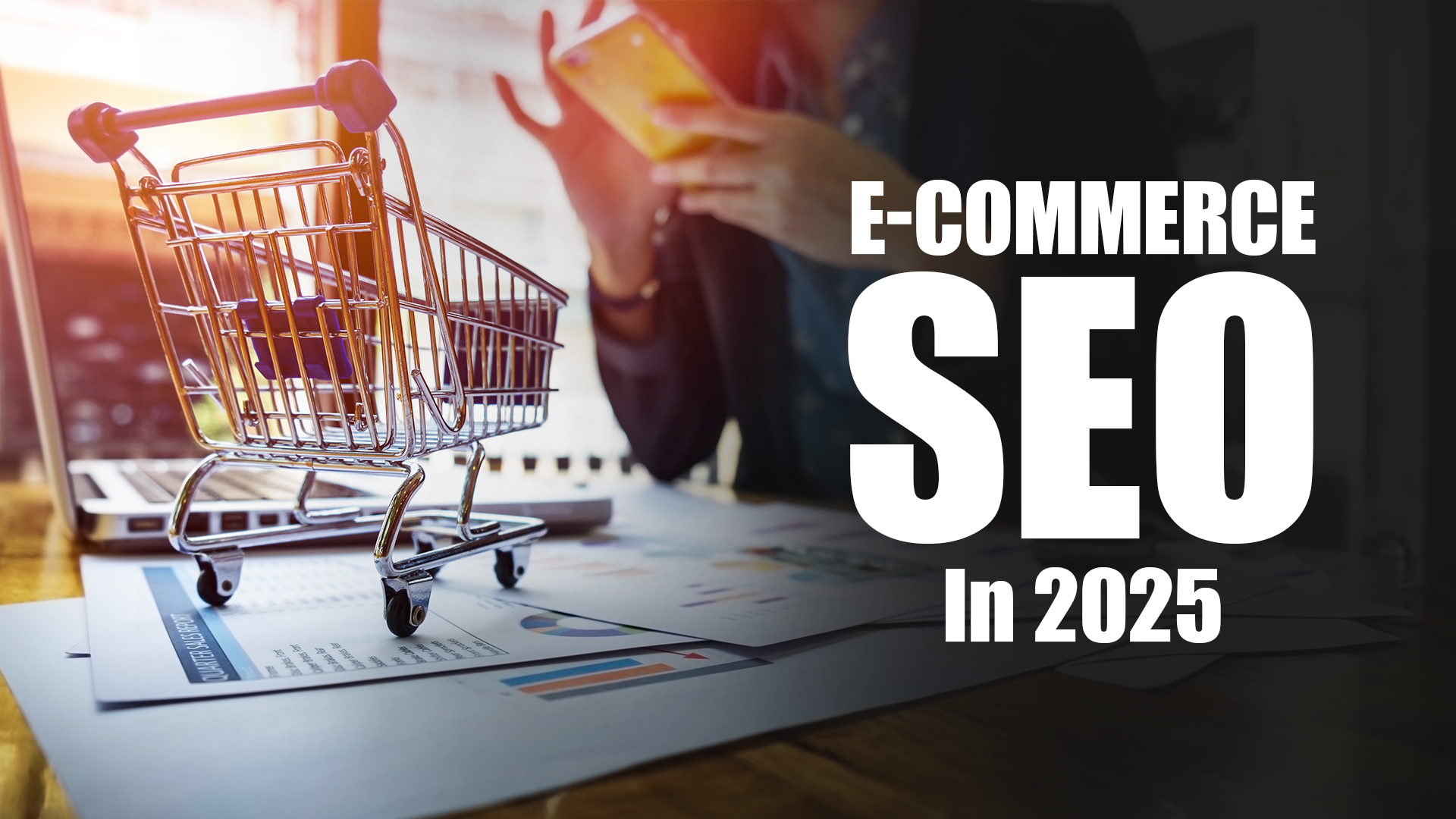
Introduction
In today’s competitive market, businesses need a well-defined B2B sales guide to successfully convert leads into long-term clients. While generating leads is essential, the real challenge lies in nurturing them, building trust, and creating lasting business relationships. Without a structured sales approach, even the most promising leads can be lost. This guide explores the B2B sales strategies, providing actionable insights into B2B marketing to enhance conversion rates and drive sustainable growth.
1. Understanding Your Ideal B2B Customer
A successful B2B sales guide starts with identifying the right target audience. Unlike B2C sales, B2B buyers go through a longer, more complex decision-making process, often involving multiple stakeholders. Defining your ideal customer profile (ICP) based on industry, company size, and key pain points ensures that your sales efforts are directed at the most promising prospects.
An approach to understanding customers includes in-depth market research, leveraging data analytics, and using AI-driven tools to predict buyer behavior. By knowing your customers’ needs and challenges, you can position your product or service as a solution rather than just another offering in the market.
2. Lead Generation Strategies for B2B Sales
A well-structured B2B sales guide incorporates both inbound and outbound strategies to generate high-quality leads.
Inbound Strategies: Attracting the Right Prospects
Inbound marketing focuses on drawing potential customers to your brand through valuable content and thought leadership. Key inbound lead generation tactics include:
- SEO-Optimized Content: Publishing blogs, whitepapers, and case studies addressing industry-specific challenges.
- Webinars & Online Events: Providing educational content to engage potential leads.
- Lead Magnets: Offering free eBooks, templates, or reports in exchange for contact details.
- Website Optimization: Ensuring a seamless user experience with clear calls-to-action (CTAs) to capture leads.
Outbound Strategies: Reaching Potential Clients Proactively
Outbound lead generation requires proactive efforts to reach potential clients through:
- Cold Emailing & Personalized Outreach: Reaching decision-makers via verified email data from platforms like ReachStream.
- LinkedIn & Social Selling: Connecting with decision-makers on professional platforms.
- Referral Programs: Encouraging existing customers to refer potential leads.
- Industry Events & Networking: Engaging directly with potential clients at conferences and trade shows.
An approach combines inbound and outbound methods to create a consistent and effective lead-generation system.
3. Building Trust and Credibility with Leads
Trust plays a vital role in B2B sales. A well-executed B2B sales guide emphasizes building credibility and positioning your business as an industry leader.
Ways to Build Trust:
- Thought Leadership: Sharing valuable insights through blog posts, reports, and public speaking engagements.
- Client Testimonials & Case Studies: Providing social proof through success stories from satisfied customers.
- Transparent Communication: Being upfront about pricing, features, and potential limitations.
- Personalized Engagement: Addressing specific pain points with customized solutions.
A trust-building strategy ensures prospects feel confident in choosing your company.
4. The Sales Process: Nurturing and Qualifying Leads
A strategic B2B sales guide prioritizes nurturing and qualifying leads to maximize conversion potential.
Lead Nurturing Stages:
- Awareness Stage: Educating prospects about industry trends and challenges.
- Consideration Stage: Presenting product comparisons, in-depth guides, and expert consultations.
- Decision Stage: Providing case studies, free trials, and detailed product demonstrations.
Lead Qualification:
Using lead scoring, businesses can identify high-value prospects based on engagement levels. A qualification process ensures that sales teams focus their efforts on the leads most likely to convert.
5. Effective Sales Pitches and Presentations
A strong sales pitch is a crucial element in any B2B sales guide. It should focus on solving the customer’s problem rather than just listing product features. Recording your meeting and getting feedback from an AI sales coach or team members is always a good idea. However, below, we've added some essential elements to take into account.
Essential Elements of a Winning Sales Pitch:
- Problem-Solution Approach: Clearly define the challenge and how your solution addresses it.
- Data-Backed Evidence: Use statistics, ROI figures, and real-world success stories.
- Engaging Storytelling: Share client success stories for better relatability.
- Handling Objections Proactively: Address concerns like pricing, implementation, and competition.
A sales pitch effectively communicates value and drives engagement.
6. Closing the Deal: Turning Leads into Clients
A successful B2B sales guide includes strategies for closing deals efficiently. This involves creating a sense of urgency, demonstrating clear ROI, and making the purchasing process seamless.
Steps to Close Deals Faster:
- Transparent Pricing & Proposals: Ensuring no hidden costs to build trust.
- Trial Periods & Demos: Allowing clients to experience the product before committing.
- Timely Follow-Ups: Keeping leads engaged with additional insights and reminders.
- Negotiation Techniques: Providing flexible solutions that align with the client’s budget and goals.
A closing strategy ensures higher conversion rates with minimal friction.
7. Post-Sale Strategies: Turning Clients into Loyal Customers
The best B2B sales guide doesn’t stop at closing a deal—it includes strategies for long-term customer retention.
How to Retain B2B Clients:
- Exceptional Onboarding: Ensuring smooth adoption of the product/service.
- Continuous Engagement: Regular check-ins and customer support.
- Upselling & Cross-Selling: Identifying opportunities to offer additional value.
- Customer Feedback & Improvements: Using insights to enhance product offerings.
A retention strategy turns customers into long-term advocates for your business.
8. Measuring Success and Optimizing Sales Strategies
An effective B2B sales guide includes tracking Key Performance Indicators (KPIs) such as:
- Lead-to-Customer Conversion Rate
- Customer Acquisition Cost (CAC)
- Average Deal Size
- Sales Cycle Length
- Customer Retention Rate
By continuously analyzing these metrics, businesses can refine their approach and stay ahead in the competitive market. By continuously analyzing these metrics, businesses can refine their approach and stay ahead in the competitive market.
Conclusion
A comprehensive B2B sales guide is essential for businesses looking to convert leads into loyal clients. From understanding the customer and building trust to delivering compelling sales pitches and ensuring post-sale satisfaction, every step plays a crucial role. By implementing these B2B sales strategies, companies can optimize their sales process, increase conversions, and build long-term relationships that drive sustained success.
Start implementing your B2B sales guide today and watch your leads turn into loyal customers! 🚀



